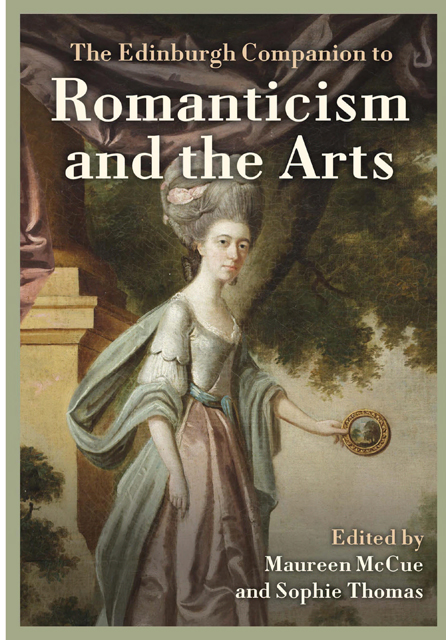4 - Visualising the Indigenous Pacific
Published online by Cambridge University Press: 25 April 2023
Summary
In about 1725 a man named Tupaia was born on the island of Ra‘iatea. Tupaia was educated as a high priest of the god of war, Oro, and as such, was knowledgeable in areas that included astronomy, medicine and navigation (Salmond 2009). Roughly thirty years later, in about 1753, a man named Mai was also born in Ra‘iatea to a family of middling rank. In the early 1760s Ra‘iatea was invaded by the Bora Borans, resulting in the exile of both these men to the island of Tahiti (Fullagar 2018, 249). This event set the stage for the encounters between Mai and Tupaia and the individuals associated with the Cook voyages. The three voyages of Captain James Cook to the Pacific, taking place between 1768 and 1780, were made for the purposes of scientific discovery, as well as for establishing a relationship with this part of the globe that was so little-known to Europeans. The voyages made a distinct mark on the global imagination and popular culture through the groundbreaking length of their stay in the Pacific islands and their extended contact with Pacific peoples. The visual representations afforded by these encounters continue to shape Western understanding of the Pacific and the known histories of these and other ‘Indigenous envoys’ (Fullagar 2018).
In this chapter, I will examine the ways English society re-created Mai (also known as Ma’i or Omai) visually, in mediated forms, on stage and in paint, in order to fit in with the popular imaginings of the Pacific following the Cook voyages. These visual representations exist within the larger cultural practice of mediating scientific knowledge of people and places through print illustration. For many Europeans, the printed illustrations in voyage and exploration accounts were their only context for understanding the shifts in science and knowledge that resulted from contact in the Pacific, and, indeed, around the globe. These illustrations would have been encountered in books, periodicals and other circulated print materials. Keeping in mind the influence these illustrations had on the public, I will examine other selected European visual representations of the Pacific, specifically the famous painting, Portrait of Omai, by Joshua Reynolds (reproduced as an engraving in fig. 4.1), and the costuming design for the popular pantomime, Omai; or a trip around the world.
- Type
- Chapter
- Information
- The Edinburgh Companion to Romanticism and the Arts , pp. 77 - 94Publisher: Edinburgh University PressPrint publication year: 2022



